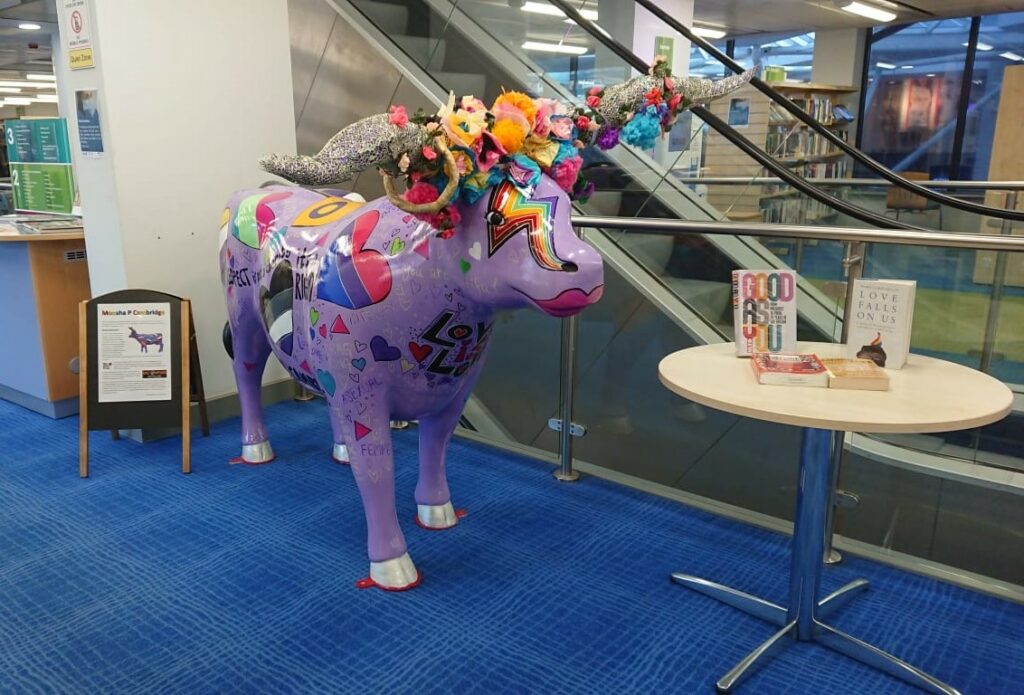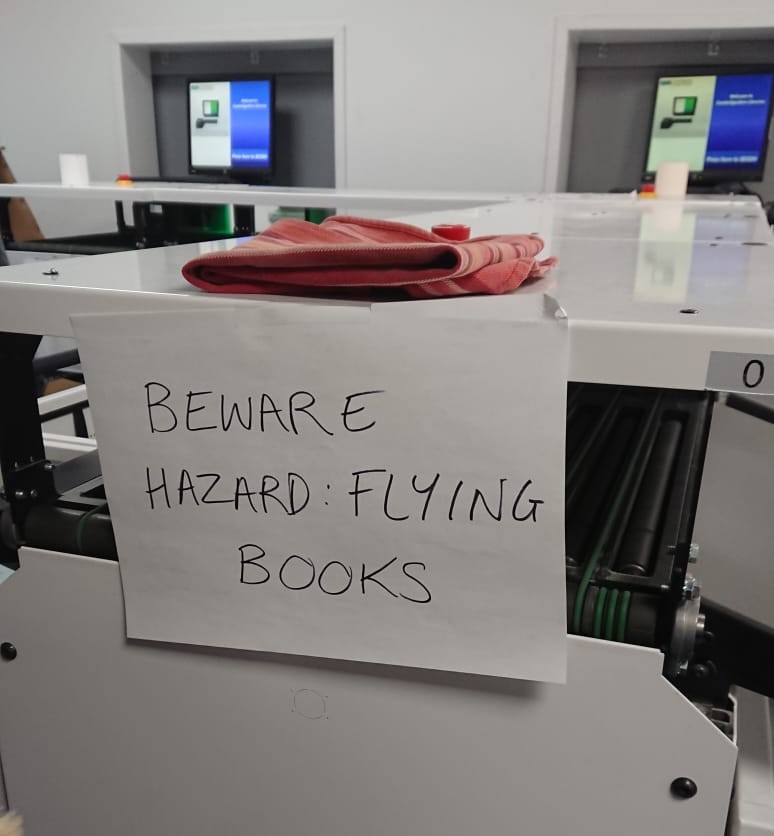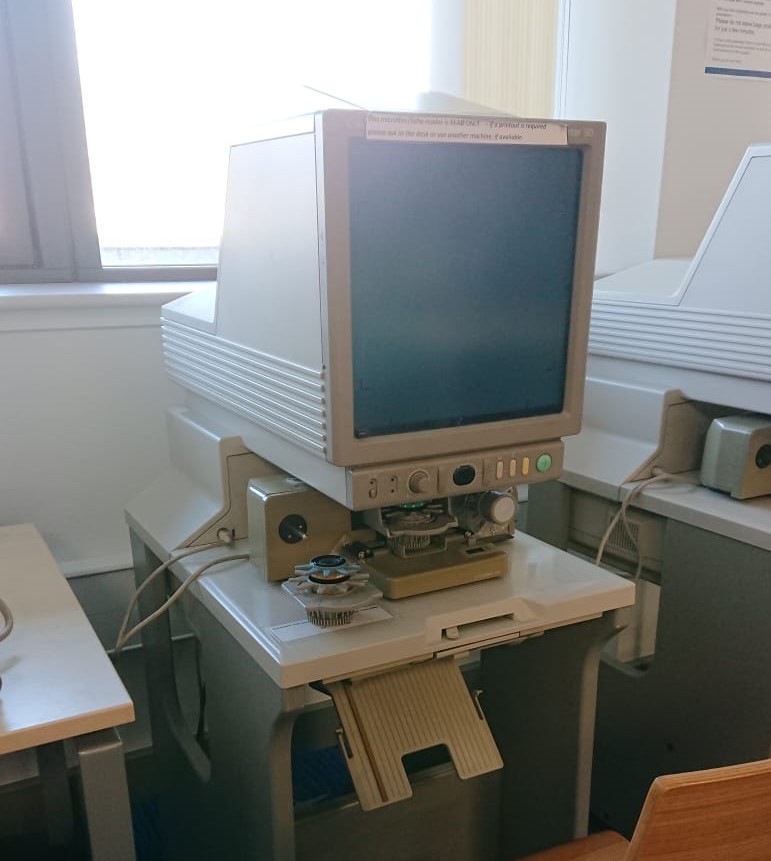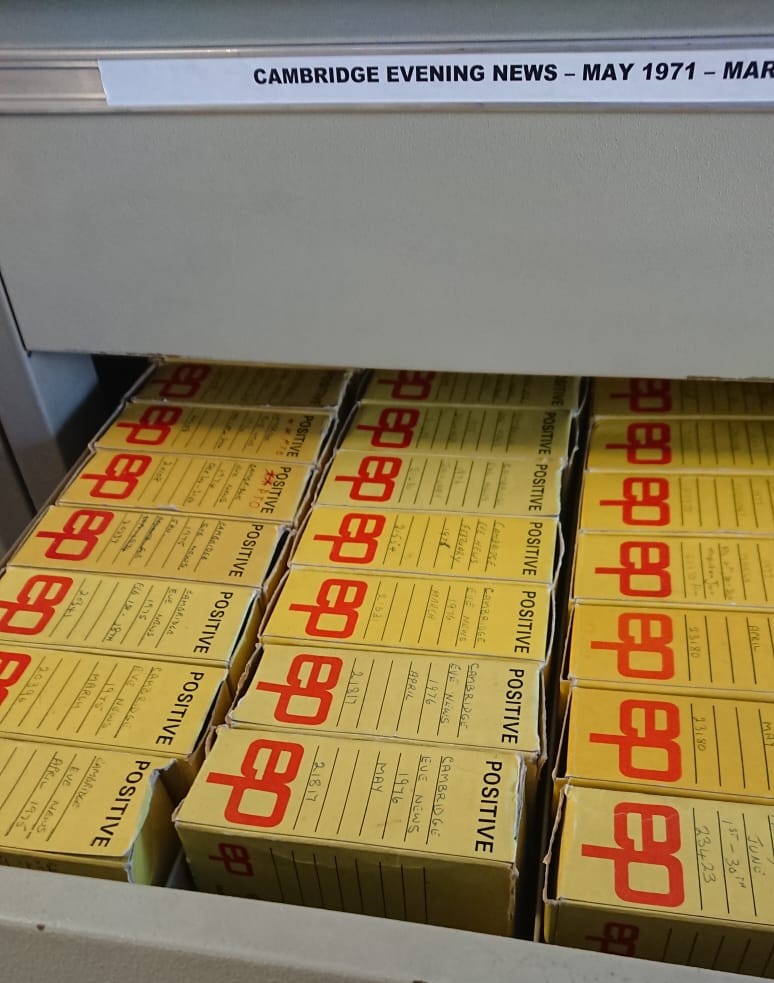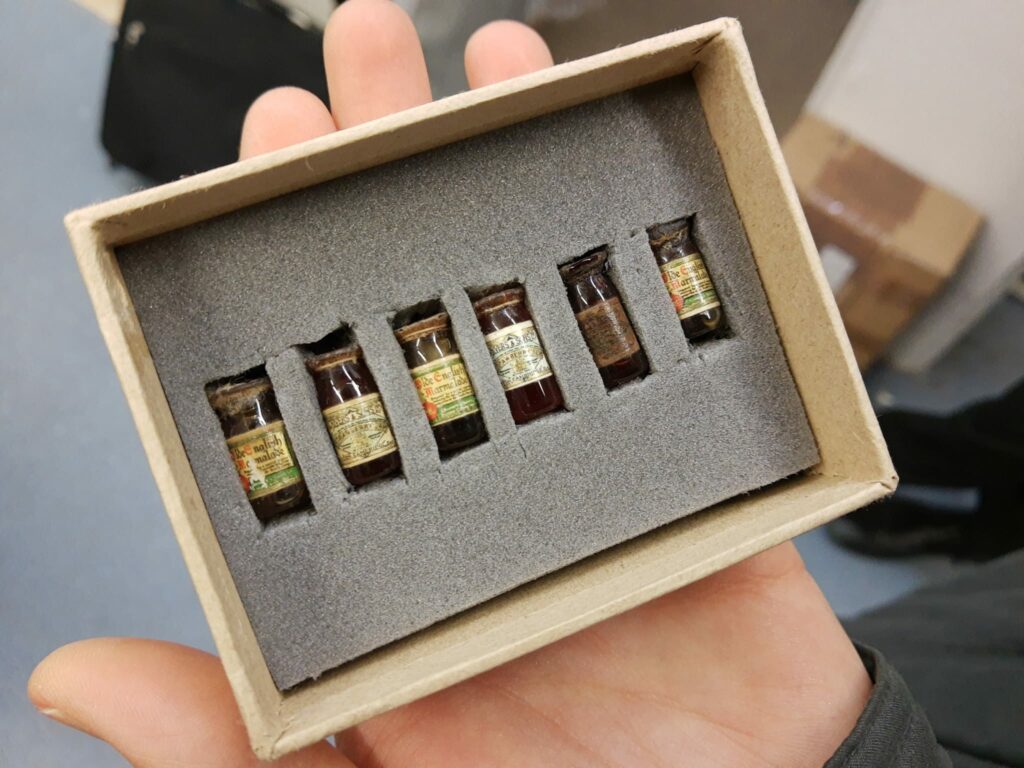For our second visit, we were given a tour of Cambridge Central Library. It is one of the 33 council run libraries in Cambridgeshire, tucked away in Cambridge’s busy shopping centre, the Lion’s Yard. The bright and modern library spans three floors and caters to all with community at its heart. In addition to its broad catalogue (children’s, teenage, and adult books; CDs and DVDs; music scores; and newspapers), it offers important services to the public such as book clubs, rhymetime, arts activities, basic digital skills sessions, mental health support, and help applying for a bus pass. Membership is free and open to all living, working, visiting, or studying in Cambridgeshire. I have always found public libraries to be warm and welcoming spaces, and Cambridge Central Library was no exception.
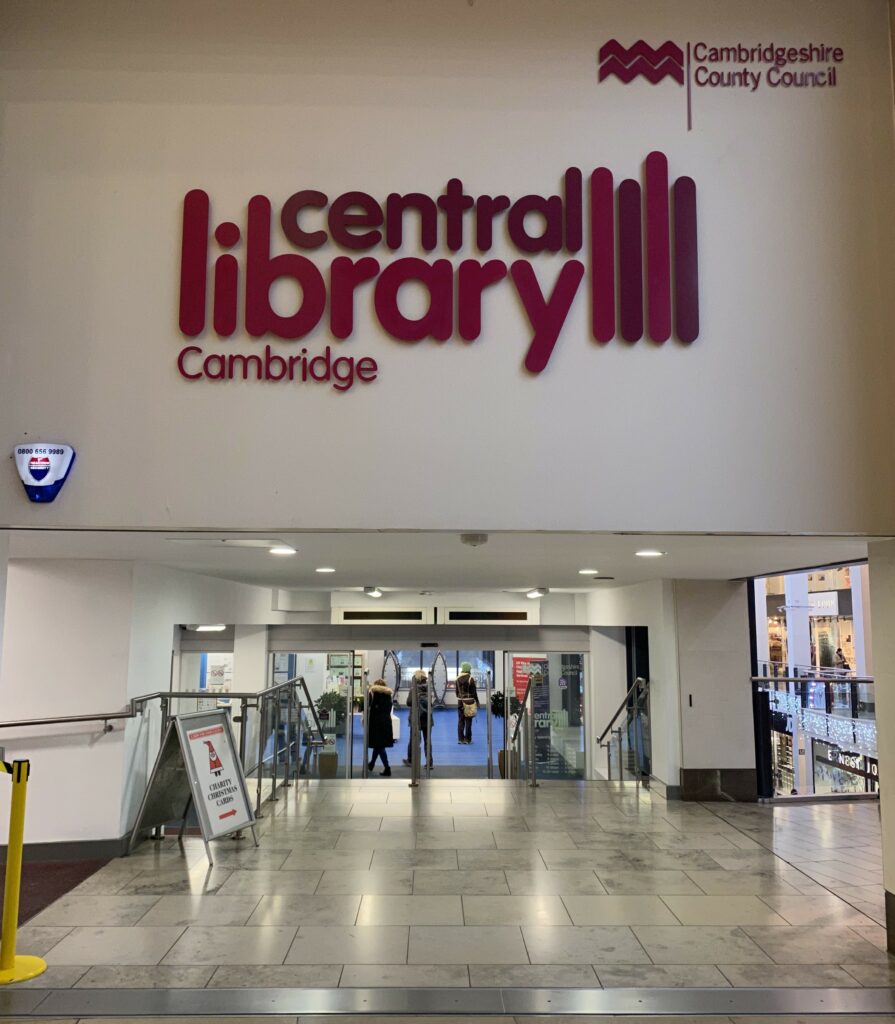
In the first half of our visit, one of the library staff, Jess, gave us a general tour of the library. On the ground floor, the fiction, teenage and teenage plus, and children’s books can be found.
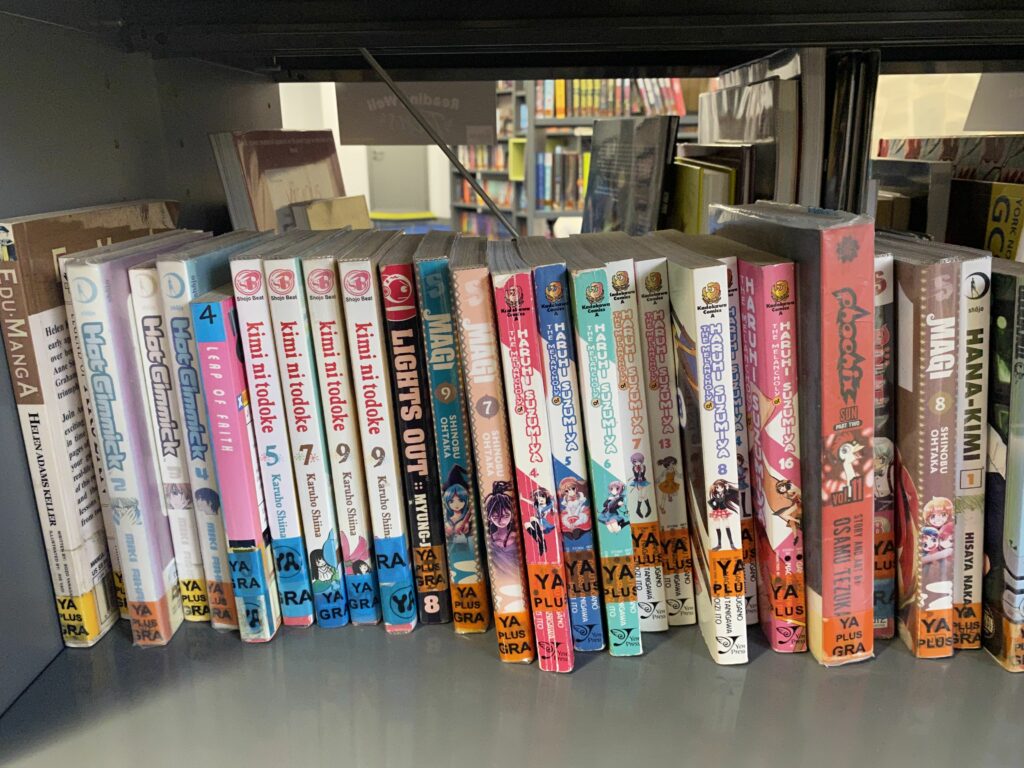
I was really impressed about how accessible the children’s collection is with separate sections for braille, large print, dual language, and dyslexia friendly books. The entrance and train shelving units were also great fun!
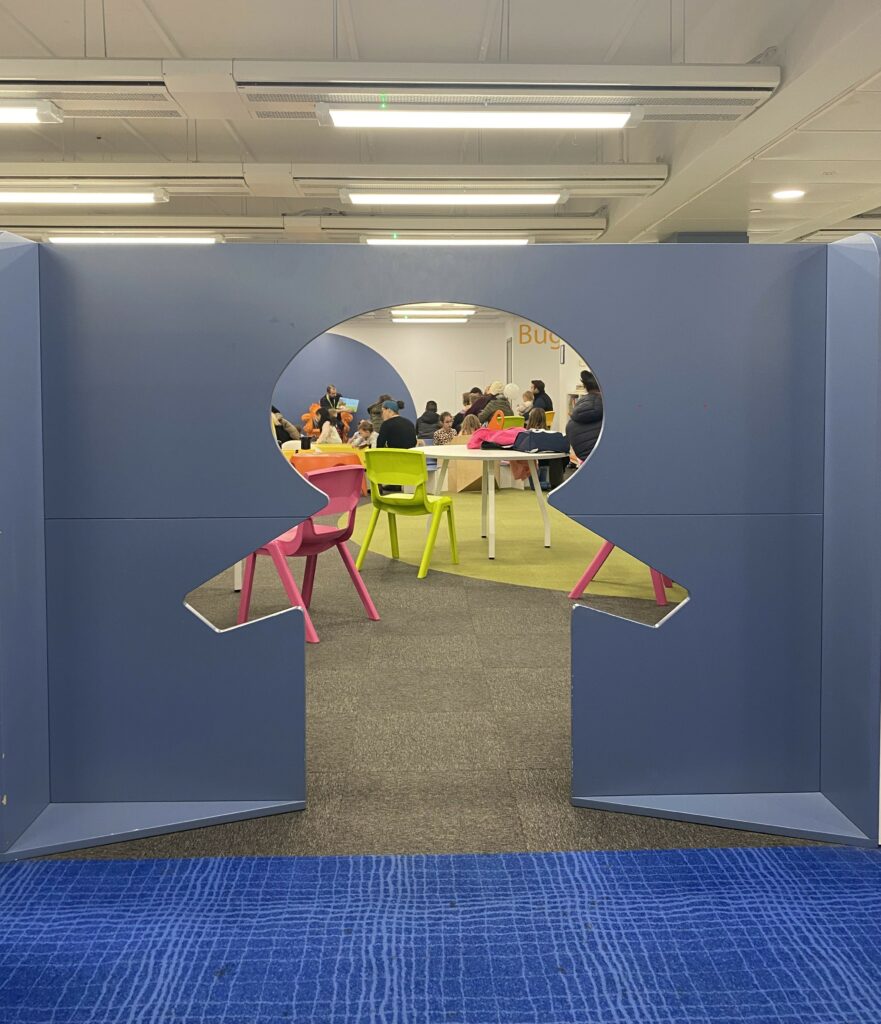
We were then shown the book return sorting room which had some great technology. Once customers have returned their items via the self-service machines, the books are taken on a conveyor belt to the sorting room where they can be distributed into various boxes depending on which floor they’re shelved, or which library they need to be sent to.
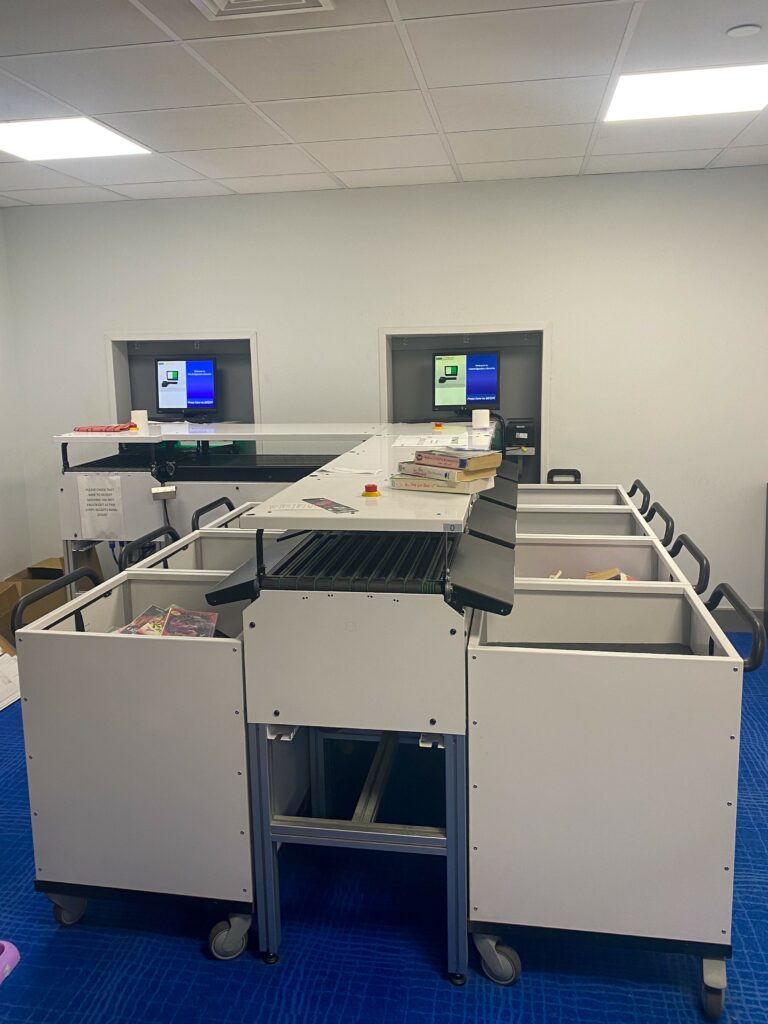
The rest of the books can be found on the second floor, classified according to the Dewey Decimal system. There are also plenty of desks and computers available, and some great nooks for reading and relaxing (or people watching!).

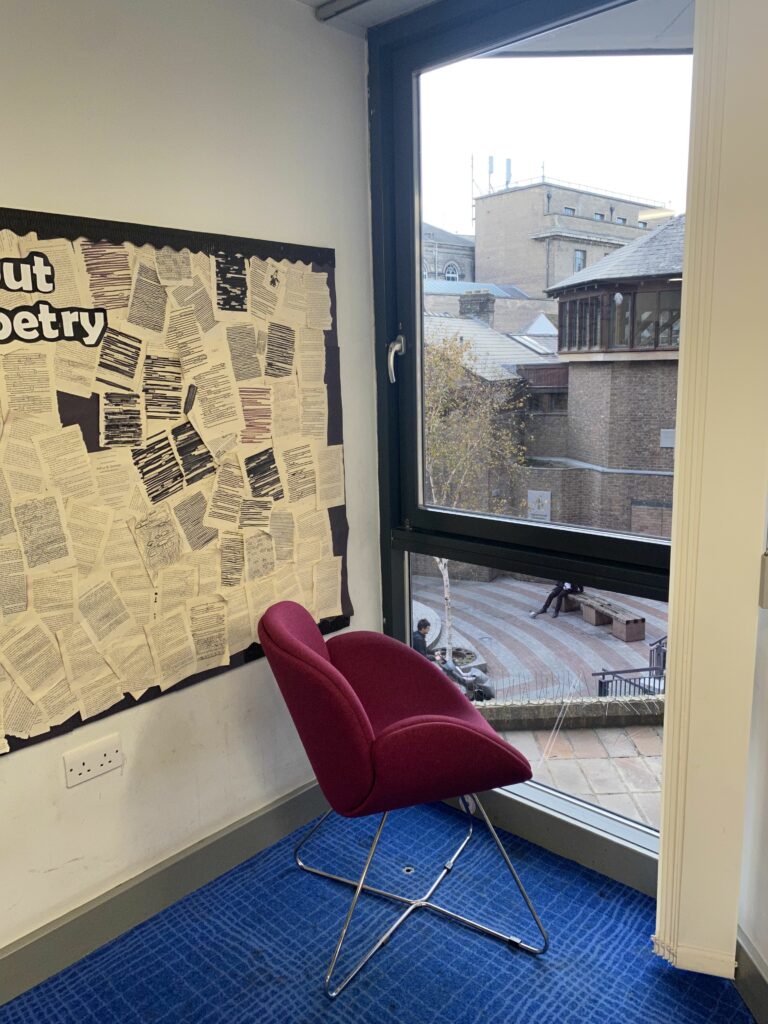
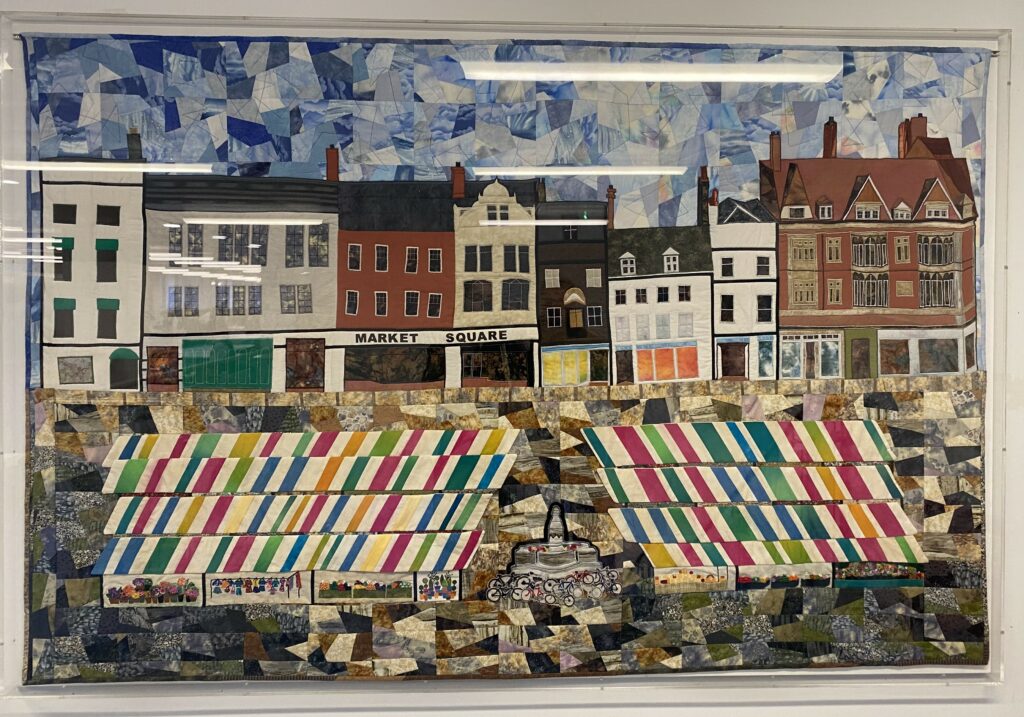
In the second half of our visit, Mary introduced us to the Cambridgeshire Collections. Starting in the reading room, we were shown their microfilm newspaper collection which dates from 1762. Mary was really proud to show us their microfilm reader, too, which is the only one in Cambridge. The digital machine allows users to easily find and crop articles, then save them as PDFs/JPEGs – a really useful tool for research. We were then taken down into the temperate-controlled basement, which stores the majority of the collection. The range of material is extensive – as long as it relates to Cambridgeshire, then you name it, they probably have it! Mary shared her personal favourite with us: a set of miniature jam jars created by a local company in Histon for the Queen’s dolls’ house. We loved these too!
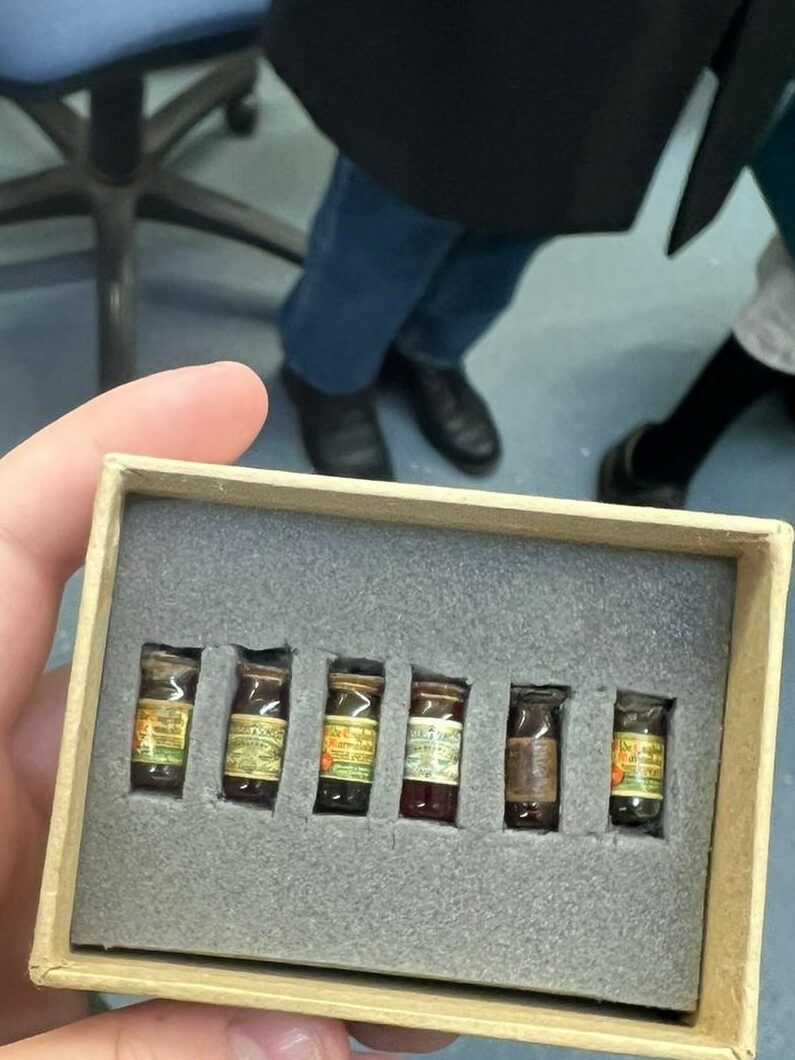
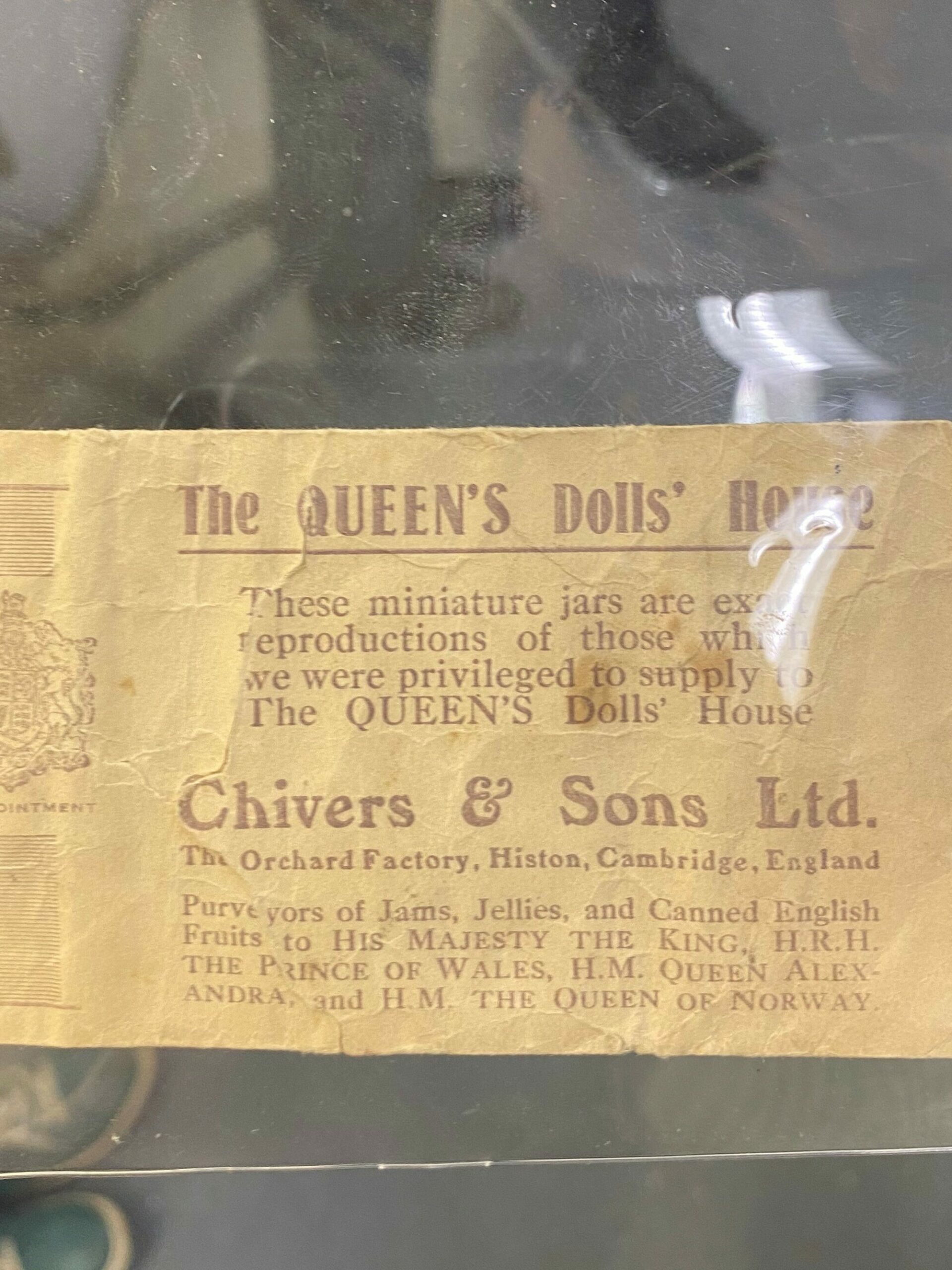
We are all very grateful to Jess, Mary, and the rest of the Cambridge Central Library team for welcoming us to their library.

